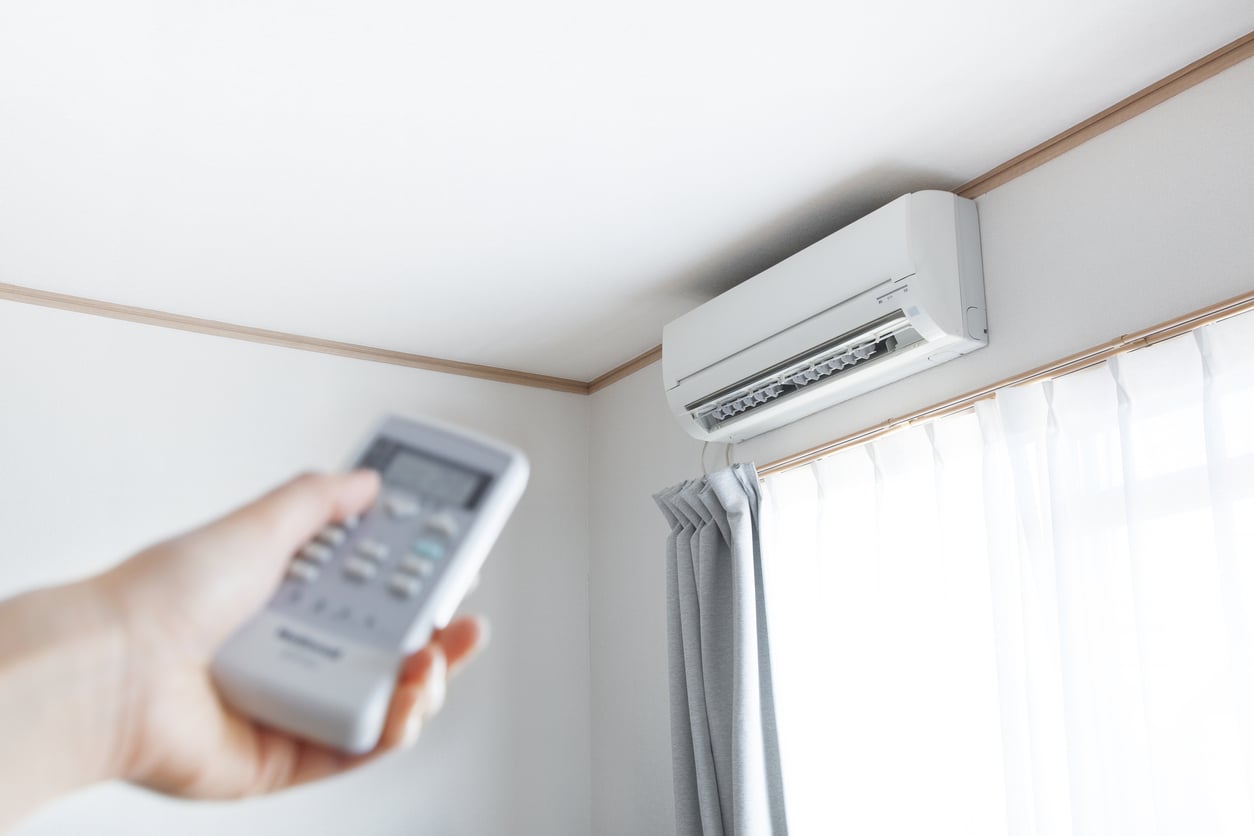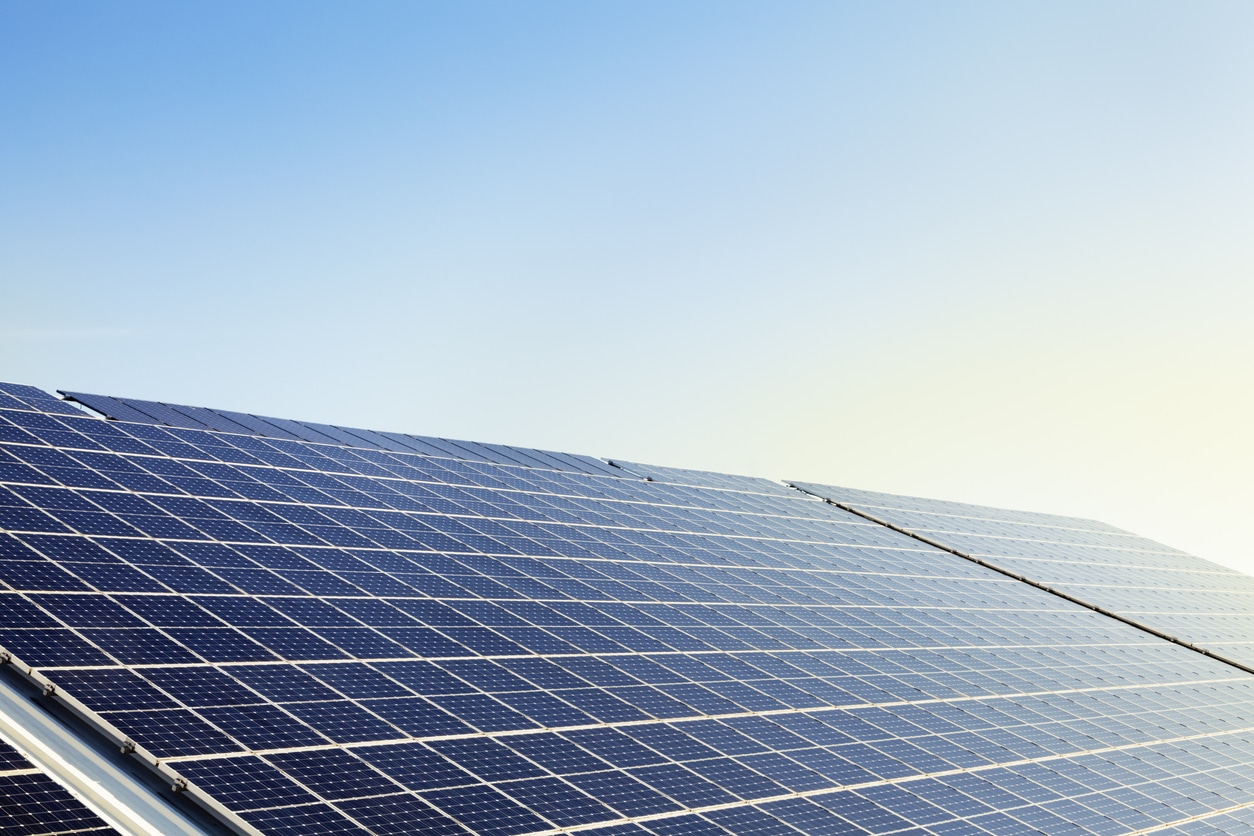The Inflation Reduction Act is a comprehensive initiative addressing rising consumer prices. Strategic fiscal measures and monetary policies aim to stabilize the economy, promote sustainable growth, and safeguard purchasing power, fostering economic resilience and stability.
Table of Contents
- What is the Inflation Reduction Act?
- Key Provisions and Implications Of the IRA
- How Can the IRA Benefit Individuals?
- How Can the IRA Benefit Businesses?
- Navigating The Changing Economic Landscape
- Common Myths and Realities
- Future Trends and Economic Forecast
- FAQs
What is the Inflation Reduction Act (IRA)?
In the aftermath of COVID-19, the economy rapidly bounced back causing increased demand and shortages in oil, gas and electricity. This created a mass inflation of prices affecting citizens across the globe. This prompted President Joe Biden to pass the Inflation Reduction Act in 2022 which is a 10-year plan aimed at reducing the negative side effects of the global energy crisis. The Inflation Reduction Act includes a wide array of tax laws, funding, and incentives to help the United States reach its climate goals.
Key Provision of the IRA
There are three main provisions of the Inflation Reduction Act:
- Tax Policy Changes: Includes imposing taxes, allocating funds and extending tax credits to incentivize clean energy and strengthen the United States energy market.
- Healthcare and Prescription Drugs: Aims to make healthcare more accessible for at-risk populations which includes enhanced subsidies for the Affordable Care Act, Medicare drug price negotiations and caps on insulin for Medicare recipients.
- Clean Energy and Climate Change: This includes large investments into alternative, clean energy sources and credits to encourage manufacturers to focus on clean energy technologies and vehicles.
How Can the IRA Benefit Individuals?
The main vehicles the Inflation Reduction Act uses to incentivize change is tax reform, deductions and credits. First, you’ll need to know the difference between a tax deduction and a tax credit.
A tax credit directly reduces the amount of taxes you owe, dollar-for-dollar. Tax deduction reduces the amount of your income that is subject to taxation, which is subtracted from your total income before calculating the amount that is taxable.
There are two main areas where individuals can claim tax credits: home improvements and vehicles.
Home Energy Tax Credits
Individuals can claim either the Energy Efficient Home Improvement Credit or the Residential Energy Clean Property Credit for the year of the improvements. These credits offer savings up to $1,200 for the year with no lifetime limit. These credits provide incentives for energy-efficient home improvements such as:

- Home Clean Electricity Products: Solar panels, fuel cells, wind turbines, battery storage.
- Heating, Cooling and Water Heating: Heat pumps, heat pump water heaters, efficient heaters/air conditioners/water heaters, geothermal heat pumps and biomass stoves.
- Other Energy Efficient Upgrades: Includes upgrades to electrical panels, electrical vehicle charger installation, energy audits, insulation, windows, skylights, and doors.
It is important to note you cannot claim both the Energy Efficient Home Improvement Credit and the Residential Clean Property Credit in the same year. Be mindful when making home improvements to know the exact qualifying purchases and what you can and cannot claim, as well as limits to the credit, before moving forward. To see a full list of qualifying improvements you can visit Energy Star’s website.
Clean Vehicle Credits

Individuals can claim an array of clean vehicle credits when they purchase qualifying electrical vehicles. The amount and stipulations will depend on if the vehicle is new or used, when the vehicle was put into service, when the vehicle was purchased, and if it meets qualifying stipulations. Some credits available include 30% of the sale price up to $4,000 or a credit up to $7,500.[1] If individuals intend to file a credit for a vehicle, it is important to determine the exact qualifying metrics.
What are next steps for individuals interested in taking advantage of the Inflation Reduction Act? Whether you have already completed a purchase or upgrade and want to see if it qualifies or are planning to make one, it is important to do individual research.
Review the fine print and stipulations associated to see what your individual options are. While it may sound daunting, you could save yourself thousands of dollars when tax season rolls around, and with long-term cost savings associated with the energy-efficient upgrades.
How Can the IRA Benefit Businesses?
Similar to individual benefits from the Inflation Reduction Act, businesses can qualify for many tax credits associated with fuel, clean vehicle investments, energy-efficient upgrades and more. The differences for businesses include incentives for large scale improvements, manufacturing, and fuel usage. The IRA also introduced new excise taxes to limit greenhouse gas emissions and reduce large companies’ carbon emissions. There is a wide array of resources to help determine what types of businesses qualify for various incentives. To see if you qualify and learn more about business incentives, visit the IRS website.
Navigating the Changing Economic Landscape

While the IRA promises long-term benefits, navigating current economic uncertainties requires planning and adaptation. Consider:
- Reviewing Budgets: Rising costs demand budget adjustments.
- Preparation and Research: Prioritize needs, explore energy-saving options, and seek rebates and incentives where available.
- Investing in Efficiency: Upgrades like solar panels or weatherization may seem pricey upfront, but long-term cost savings and rebates can make them worthwhile.
- Staying Informed: Follow reliable sources for updates on the IRA’s implementation and its potential impact on your wallet and your home.
Inflation Reduction Act Myths and Realities
Myth: The IRA will instantly lower gas prices and send inflation packing.
Reality: While the IRA invests in clean energy, its impact on gas prices will be indirect and gradual. The Act focuses on long-term economic stability, not overnight fixes. Expect a multi-pronged approach, with measures like boosting domestic energy production and reducing dependence on foreign oil contributing to a gradual decline in fuel costs over time.
Myth: The IRA only benefits the “green elite” and big corporations.
Reality: Individuals and small businesses have plenty to gain from the IRA’s incentives. Tax credits for solar panels, electric vehicles, and energy-efficient home upgrades put money back in your pocket. Companies, regardless of size, can tap into tax breaks for clean energy investments, making sustainable choices financially attractive.
Myth: The IRA raises taxes on everyone to fund its initiatives.
Reality: The Act primarily targets corporations and high-income households. While some adjustments might affect individuals earning under $400,000, these are estimated to be minimal for most families. Additionally, the IRA’s potential long-term savings through lower healthcare costs and energy bills could outweigh any minor tax increases.
Myth: The IRA is all about climate change and has nothing to do with everyday life.
Reality: The IRA’s impact extends far beyond environmental concerns. Lower healthcare costs for medications and certain home care services can directly benefit individuals and families. Additionally, job creation in the clean energy sector can boost the overall economy and provide new opportunities for employment.
Future Trends and Economic Forecast
The Inflation Reduction Act presents a multifaceted approach to combating inflation and fostering economic growth. While its full impact won’t be immediate, it offers potential benefits for individuals, businesses, and the environment alike. By staying informed, making smart choices, and embracing efficient home solutions, you can navigate the changing economic landscape and build a more sustainable future for yourself and your home.
This article provides a general overview of the IRA and its potential implications. Always consult with financial professionals for personalized advice.
FAQs
The main tax credits available through the Inflation Reduction Act are for home energy improvements and clean vehicle investments. Additionally, business tax credits and incentives are also available.
There are no explicitly stated income limits for credits, however some do phase out at higher income levels depending on the exact credit.
Not all home improvement projects will qualify for rebates or credits. It’s important to research the exact parameters of your home project before proceeding to ensure you can claim the credits.
The inflation reduction act aims to lower inflation through deficit reduction, clean energy investments and healthcare reform, mainly with tax reform.
In short: no you do not need to apply. However, some tax credits may require additional forms be submitted with your taxes to claim the credit.
Additional Resources
Please visit the Energy Star Website for more information on the Inflation Reduction Act and Tax Credits Available to you.



